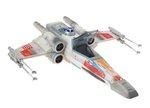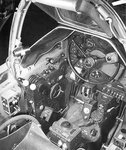mosquitoman
Master Sergeant
Is it okay if I chuck some petrol on that touchpaper of yours Glider?
A single engined plane naturally has a smaller wingspan than a twin engined plane (unless it is a la Do 335 but that's still big) simply because the wings have to house the engines. These longer wings would reduce rate of roll, reducing it's manouverability
A single engined plane naturally has a smaller wingspan than a twin engined plane (unless it is a la Do 335 but that's still big) simply because the wings have to house the engines. These longer wings would reduce rate of roll, reducing it's manouverability


